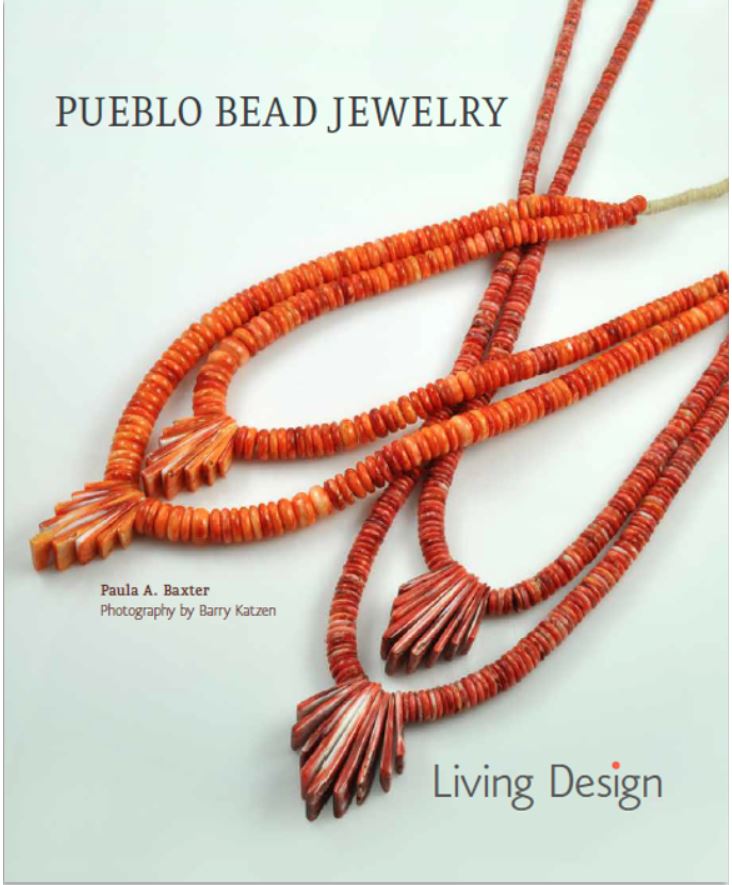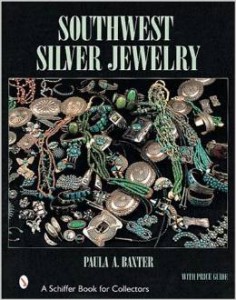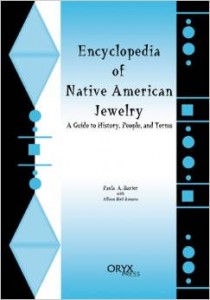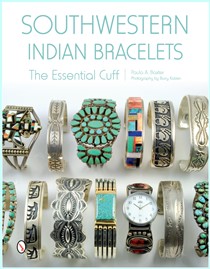Anasazi is a term that endures despite the fact that descendants prefer another label altogether. These “ancient ones” lived from 100 BCE to 1300 CE in the Four Corners region of the Southwestern United States. Their pottery and jewelry designs remain popular decorative motifs used with pride by Native peoples of the region. For a long time, archeologists and anthropologists grappled with the “mystery” of these peoples’ disappearance from their cliff and mesa-top stone dwellings; certain professionals active in the mid-to-late 20th century cited “cannibalism” or “extreme drought” as facts in their vanishing, which became a romantic story in itself. Later, the idea of a Katsina Cult became a pervasive idea that led to the abandonment of their homes and relocation
Fact: Pueblo peoples have come forward to explain that the Anasazi were predecessors who relocated, moved to different areas, and should be known as Ancestral Puebloans.
One of the design gifts of the Anasazi, or Ancestral Puebloans, was their ability to reproduce animals with skill and spirit. Creatures that had associations with water, such as frogs and tadpoles made fine designs, but Pueblo facility with rendering insects, butterflies, deer, and rabbits, are remarkable features, especially in the work of the Mimbres tribes of central and southwestern New Mexico.
Fact: Such designs, especially of spritely four-legged animals, remain popular since the tourist era of the Fred Harvey Company.




